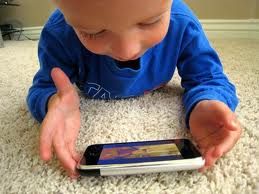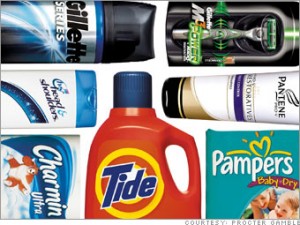Smartphone’s continue to innovate the way in which society functions. A growing trend in the US is creating Apps and games for museums across the nation. The growing trend hopes to capture the attention of children and teens to make their experience at museums more enjoyable, and more importantly more educational.
Many museums such as the Paul-Getty museum of Los Angeles, The Philadelphia Art Museum, The Metropolitan art museum in New York, The National History Museum to name a few. The museums are using technology in their favor; much of the American youth does not know what it is like to live without an iPhone, or iPad. Rather their generation has become dependent of technology, because of this technology can encourage learning. An example of such app is the Getty’s museum in Los Angles; the museum currently uses the app Switch. The App simulates an evil genie that replaces all the paintings in the museum with replicas that are not same as the original, making the child look for the differences between the two paintings. In addition, the National Science Museum offers a self-guided tour for children, which is narrated by different animals to increase interest. The Apps are wildly successful and many museums are rushing to create educational apps.
Museums are also using the sale of apps as growing source of revenue. Though the cost of the creation of the app is somewhat steep, I think in the long run it will pay off. The success of the Apps with the American youth I believe offers insight of what the future will entail. If the apps can enhance the experience for consumers as well as serve as a means of revenue for the owner it will change many aspects of our economy. It is important for industry leaders to adapt. This means that many faucets of our everyday life will have more technological interaction. It is a growing trend that management styles will have to reflect as well as technology quality management. It is vital that industry adapts, if museums can so can the retail and industry. Smartphones I believe have the ability to reinvent the way that society looks upon many goods and services.
http://www.nytimes.com/2012/10/28/arts/artsspecial/museums-engage-children-with-digital-programs.html?pagewanted=1&_r=0&ref=technology

